While we understood very well why the previous Bush administration and the present Obama government wanted to hide 28 pages of 2002 congressional report after the September 11, 2001 terrorist attacks on U.S. soil, what could be the compelling reason the Saudi Arabia is so gung-ho about covering their role?
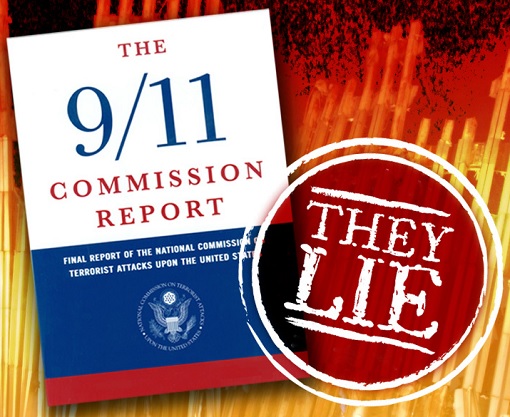
President Barack Hussein Obama is expected to veto the bill to make public the 15-year-old confidential documents. But why would Saudi go into a complete financial war with America with a threat to sell up to US$750 billion in treasury securities and other assets in the United States, if the documents are to be exposed?
Clearly, the primary reason why the Saudi government has gone bonkers isn’t due to money because the rich kingdom can pay billions of dollars in compensation without breaking a sweat. While it has very little to do with monetary losses, it has everything to do with Saudi’s reputation as the defender and saviour of Islam, or rather the leader of Sunni Islam.
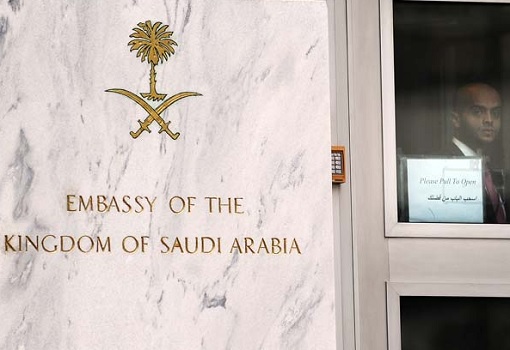
The 28 pages are explosives and according to representatives and senators, who had read it in a guarded, soundproof room at the Capitol, the 9/11 attacks “led back to the Saudi Embassy in Washington as well as the Saudi Consulate in Los Angeles”. Essentially, Saudi is doing everything in its power to prevent the country from being identified as the source of terrorism.
But how did Saudi Arabia end up as the root and sponsor of terrorism? The year was 1979, the same year the “Iran Revolution” started and the Soviet invasion of Afghanistan, a war that the Russian would regret later. As the author of “Defeating Jihad: The Winnable War”, Dr Sebastian Gorka explained, Saudi’s involvement in 9/11 began with “the siege of Mecca in 1979″.
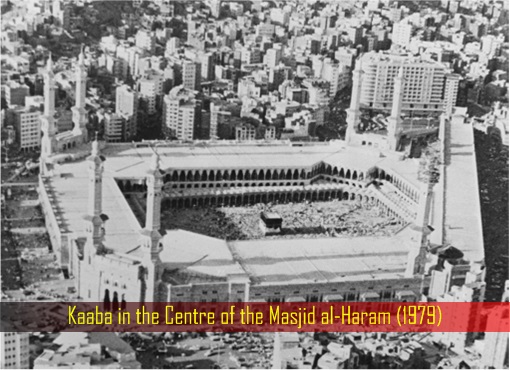
On 20 Nov, 1979, Masjid al-Haram in Mecca, the holiest place in Islam, was taken over by Islamist dissidents in one of the most spectacular, controversial and heavily-censored events in modern Islamic history. The insurgents declared that the Mahdi (the “redeemer of Islam”) had arrived in the form of one of their leaders – Mohammed Abdullah al-Qahtani – and called on Muslims to obey him.
The seizure was led by Juhayman al-Otaybi, a preacher and a former corporal in the Saudi National Guard, who proclaimed that the ruling Al Saud dynasty had lost its legitimacy because it was corrupt, ostentatious and had destroyed Saudi culture by an aggressive policy of Westernization. Now, do you understand why extreme preacher is extremely dangerous?
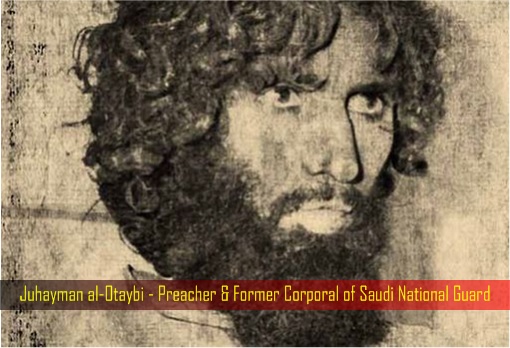
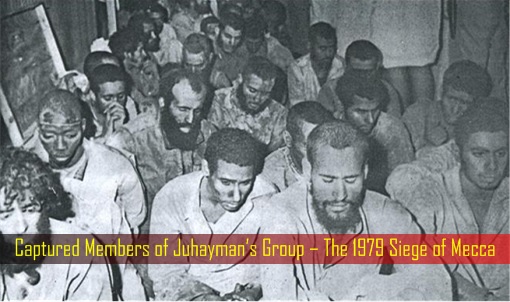
Juhayman also claimed to have had a vision sent by God telling him that Qahtani (his brother-in-law) was the Mahdi. When his followers, numbering to 400-500, seized the Grand Mosque after procuring weapons from under their robes, there were about 100,000 people in the mosque for the dawn prayer. Guards were overpowered while the gates were chained.
Coincidently, the Grand Mosque was being renovated at the time and the construction company was none other than bin Laden, the same company owned by Osama bin Laden’s father. The Kaaba at the Grand Mosque is a place so sacred to Muslims that the Saudi government didn’t think anyone would seize it. Hence the army hadn’t a clue how to solve the crisis.
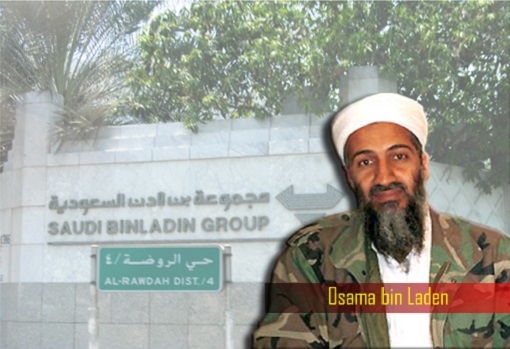
In fact, it’s forbidden to bear arms so there was very little the soldiers could do because they were reluctant to even point the weapons, as the “Siege of Mecca” author Yaroslav Trofimov wrote. Therefore, it took a while for the panicked Saudi royal family to secure a “fatwa” from a leading Muslim cleric to authorize the use of weapons in the forbidden site.
While some insurgents procured their weapons by hiding them under their robes, some of them smuggled them in coffins, because it was a practice back then to bring in dead relatives to receive a blessing in the Grand Mosque before the burial. Others simply bribed the guards of the mosque and drove a few pickup trucks into the basement of the mosque.
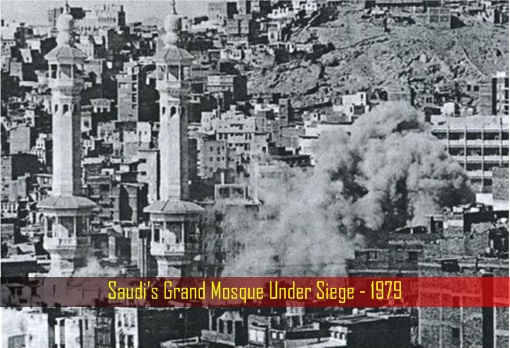
Saudi forces launched multiple assaults trying to reclaim the holy mosque but was defeated and never even got close to breaking through the insurgents’ defences. Soon, French commandos from the Groupe d’Intervention de la Gendarmerie Nationale (GIGN) arrived in Mecca upon assistance request by the Saudi government.
According to writer Lawrence Wright, some of the French commandos were converted to Islam in a brief formal ceremony because non-Muslims are prohibited from entering the holy city, a contradictory claim. There’s little doubt that the French GIGN did arrive in Mecca, and they had equipped and devised their attack plan for the Saudi forces.
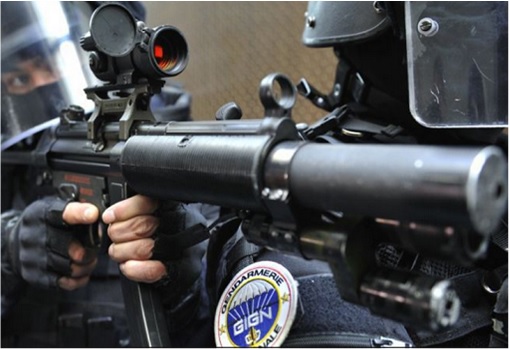
Because the Saudi forces were inexperienced, an elite Pakistani unit called “Rahbar” was rushed to Mecca, under command of General Pervez Musharraf (then a Major) from Pakistan on Saudi Government’s request. There were also reports that the United States intelligence agencies, including CIA, were roped in to provide expertise.
Although they may not have taken part in action, the French special forces brought with them poison gas that was pumped in the basement of the Grand Mosque, flushing out the last rebels. Eventually, it took the Saudi more than 2 weeks to reclaim their holy mosque with military casualties at 127 dead and 451 injured alone. The actual number of civilians’ death was believed to be in the thousands.
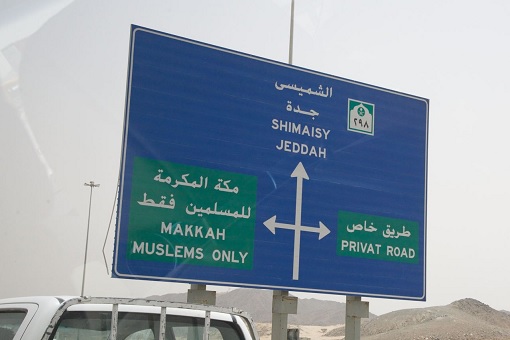
Fortunately to the Saudi, cable television, smartphone, Internet and social media didn’t exist thus it was fairly easy to cover up the crisis. When they realized how serious the crisis was, the government immediately cut international phone communications and closed the borders. Still, the State Department in Washington leaked the news about “something going wrong” in Mecca.
Fresh from Iran Revolution, Washington had assumed that the Iranian Shiites had taken over the Saudi’s holiest mosque and conveniently pointed the finger at Ayatollah Khomeini. In retaliation, Khomeini accused the Americans and the Jews who have taken over the holiest of holies of Islam. Naturally, millions of Muslims across the globe believed Iran instead.
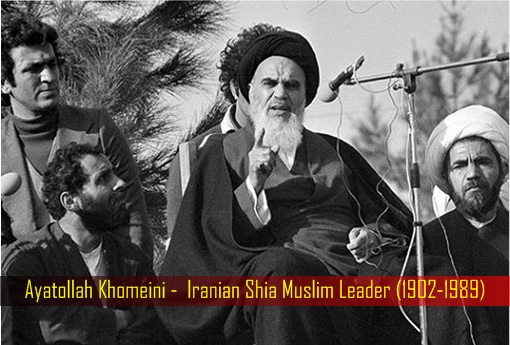
Within hours, U.S. embassy in Islamabad, Pakistan, was stormed and burned down, killing a number of Americans and Pakistani personnel. Throughout the Muslim world, violent demonstrations were held, condemning and attacking the Americans and the Jewish interests. But what does the Saudi’s Al Saud royal family got anything to do with terrorism?
Without the Saudi and even the U.S. knowing it at the time, the 1979 siege of Mecca gave birth to the al-Qaeda today, a terror group made up of the Sunni Muslim Wahhabism fanatics from Saudi Arabia and the Islam Brotherhood from Egypt. Osama bin Laden, who would later lead the 9/11 attacks, was just leaving college at the time.
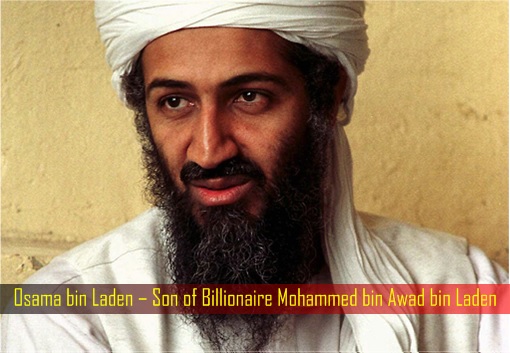
Osama, however, was shocked and greatly affected by the sight of tanks rolling into the holiest shrines of Islam and he had blamed the Saudi government, at least at the initial stage. But what actually triggered the creation of Sunni Muslim fundamentalists at an industrial scale was what the Saudi royal family had done in the aftermath of the crisis.
The then Saudi King Khalid’s belief was; the solution to the religious upheaval such as those who seized the Mecca was quite simple – give the ulama and religious conservatives more power. Eventually, the royal Al Saud family took the easy way out and cut a deal with the radical clerics that helped facilitate the attack on the Grand Mosque of Mecca in 1979.
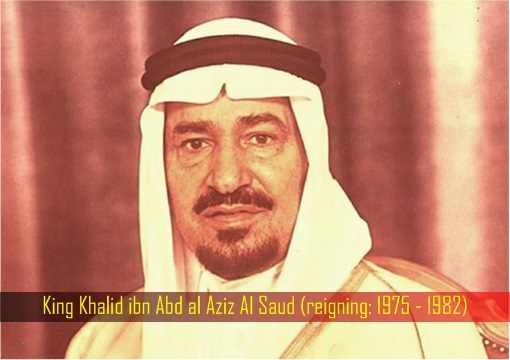
The radicalization flourishes at top speed, and Osama bin Laden was one of the products. Dr. Sebastian Gorka believes there are connections between at least two of the 9/11 hijackers and the Saudi embassy in Washington. And like Yaroslav Trofimov, he too believes the root problem of 9/11 attacks can be traced back to the 1979 siege of the Grand Mosque.
Other Articles That May Interest You …
- Congress To Reveal 9/11 Secrets, Saudi Isn’t Happy So They Blackmail U.S.
- Forget Terrorism, The Arab Mafia Families Control Berlin Underworld
- Panama Papers – The Secrets Of Dirty Money – From King Salman To Lionel Messi
- Europe’s Largest Terrorist Breeding Ground – Belgium – Hit By Triple Attacks
- Already Panicking Over 1,000 “Rapefugees”? It’s Just The Beginning
- Europe Civil War – Swiss General Warns His People To Arm Themselves
- Germany Under Attack – Molest, Rape, Sexually Assault By 1,000+ Arab Mobs
- Saudi Has 100,000 Unused Air-Conditioned Tents, But Won’t Help Refugees
- The Glory Days Are Over – OPEC Warlord Saudi Has Started Borrowing
- Saudi’s Past Arrogance & Terrorists Funding – Is This Karma?
- The Answer To ISIS Invasion Threat – The Great Wall Of Saudi
- Move Over Rolls-Royce, Here’s “Gold” Range Rover As Invasion Of Arab SuperCars Starts

|
|
April 19th, 2016 by financetwitter
|


|

|

|

|

|

|




























Comments
Add your comment now.
Leave a Reply